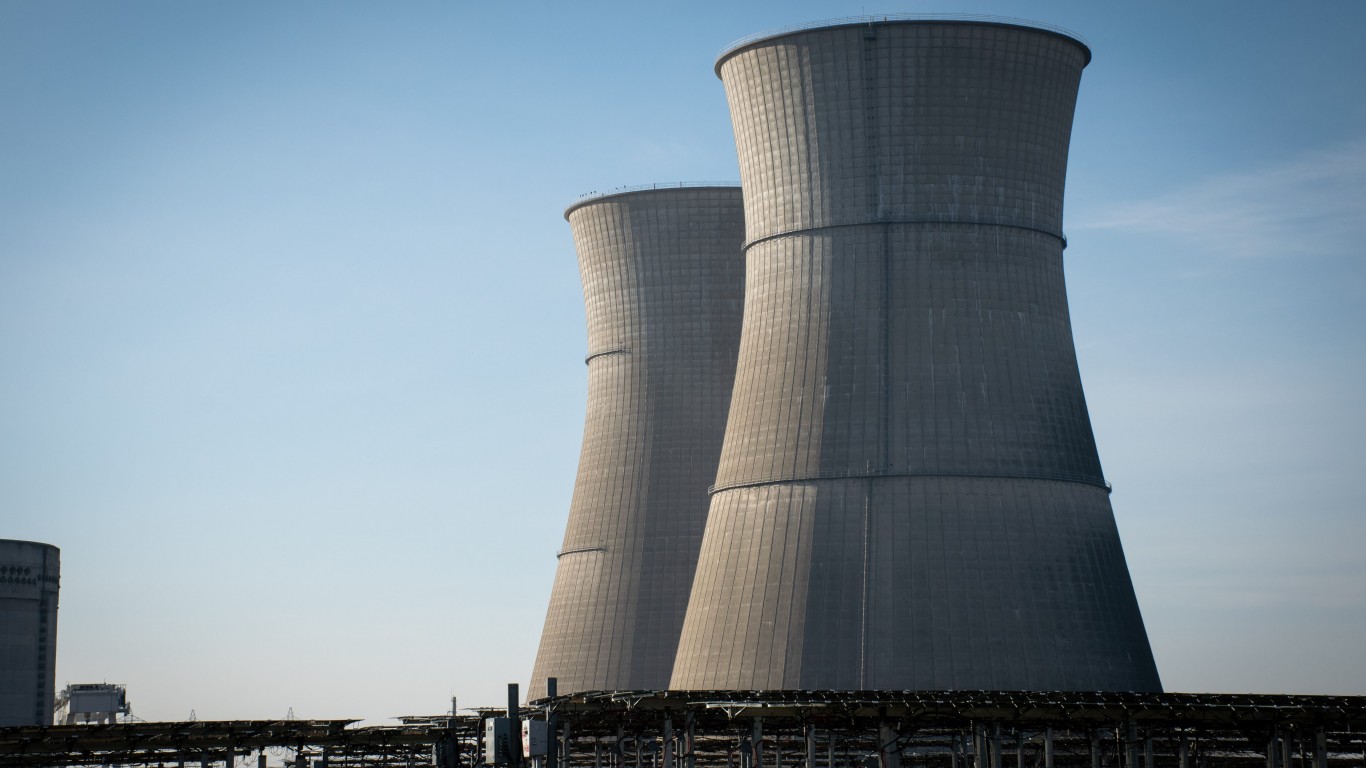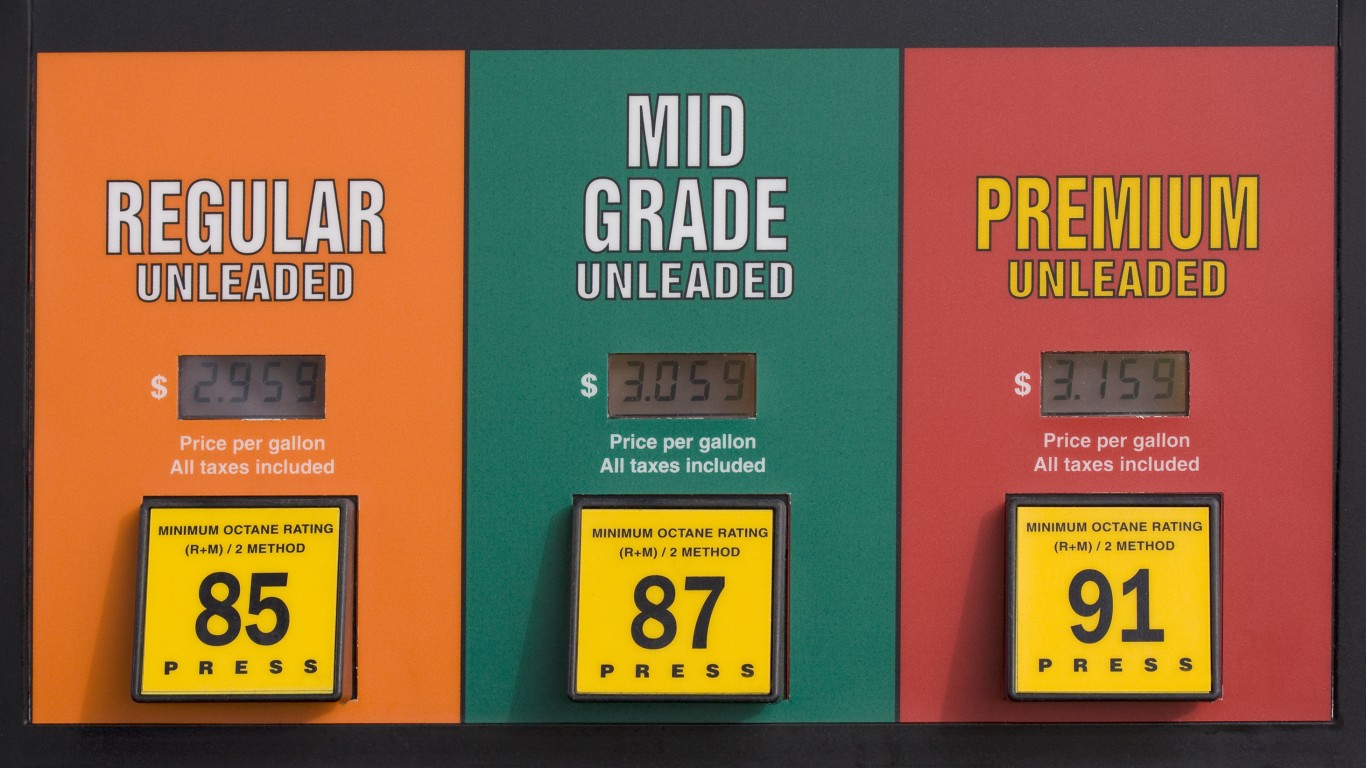
Exxon said it added over 1.2 billion barrels of liquid proved reserves in 2014 and about 300 million oil-equivalent barrels of natural gas. The company added approximately 580 million oil-equivalent barrels in the Gulf of Mexico and in its Bakken, Permian Basin and Woodford-Ardmore shale plays. The company also added nearly 700 million barrels to its reserves in Canada. These additions are mostly liquids. The company also added reserves in Angola, the Netherlands and Russia. Excluding the impact of asset sales, Exxon replaced 111% of total liquids and gas production in 2014.
ALSO READ: Top Energy Buyout Candidates as Oil Plunge Continues
What does all this mean? The definition of proved reserves requires that the total be calculated as the number of barrels that can reasonably be expected to be produced at current economics. If Exxon is adding 1.2 billion barrels, that probably means that most of the additions are not new discoveries, but existing reserves that have moved from the probable category to the proved category. A probable reserve typically carries a 50% expectation of being produced, where a proved reserve typically has a 90% chance.
Exxon’s proved reserves at the end of 2013 totaled 25.22 billion barrels. In that year, Exxon produced 1.989 million barrels of liquids (crude oil and natural gas liquids) and 213 barrels a day of bitumen and synthetic oil a day worldwide, for a total of 2.202 million barrels a day, or more than 803 million barrels in a year. In 2014 that total fell to 2.111 million barrels a day, or about 770.5 million barrels a year.
Exxon also added 3.2 billion barrels of oil-equivalent to its resource base, which the company defines as “quantities of discovered oil and gas that are not yet classified as proved reserves but that are expected to be ultimately recovered in the future.” The company explicitly says that the term “resource base” does not correspond to the SEC definitions of “probable” or “possible” reserves. Exxon’s resource base at the end of 2014 totaled 92 billion oil-equivalent barrels.
Exxon’s shares traded down about 1% Monday morning, at $89.05 in a 52-week range of $86.03 to $104.76. West Texas Intermediate (WTI) crude oil for April delivery dropped nearly 3% on the day to trade at around $49.35.
ALSO READ: 5 Oil Stocks Analysts Want You to Buy Now
Thank you for reading! Have some feedback for us?
Contact the 24/7 Wall St. editorial team.




